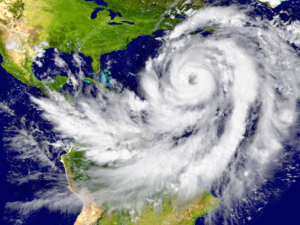This content has been archived. It may no longer be relevant
Steps to safety-Are you Prepared?


The first step is simple, get a kit. In case of an emergency, you should assemble a package containing food, water, and other basic supplies for each family member that can last you at least three days. Furthermore, you should include backup medications, copies of important documents, and special items for children, the elderly, and even pets. By doing this, you ensure that you have your necessities in case you need to evacuate your home. It is easy to get a kit together, however, planning is the most important part of your emergency response. Here are some tips and tricks to prepare your plan. First, you should follow the instructions of officials and evacuate if told to do so. If you are told to evacuate, you should leave early enough to avoid being trapped by severe weather. If you can’t use a vehicle, you should know how to leave the area via other methods of travel, such as bikes or by foot. If you do have a vehicle, make sure to fill up your gas tank prior to the disaster, that way if an evacuation is ordered you have enough gas to reach your destination. Have a predetermined destination in mind; it could be a hotel or the home of a friend outside of the storm zone. Furthermore, you should inform family members or friends about your plan, in case people are looking for you and cannot find you. If you are evacuated, it is imperative that you wear sturdy shoes and clothing that provides some protection. Additionally, you must be alert for road hazards such as downed trees and flooding. These tips can help you navigate a natural disaster, but it is still very important that you actually practice your evacuation. This means grabbing your emergency kit and driving your planned evacuation route. You should have the various evacuation locations saved on all your devices. You should do this twice a year, such that you and your family are extremely familiar with your evacuation plan. As I mentioned earlier, my dog was scarred from Super storm Sandy. Thus, I implore you to take your pets with you in case of a natural disaster. Believe it or not, they have emotions too and can be extremely affected by dangerous conditions as well as the feeling of abandonment.
The final step for emergency preparedness is to be informed. This constitutes being familiar with your local authorities and how they react and notify you during a disaster. In doing so, you will have the most up-to-date information in case of an emergency. However, there are several different weather alerts. Familiarize yourself with the various weather alerts such as watches and warnings, and what actions to take in each. Anything can happen during a natural disaster, from injuries to health issues, and emergency response could be delayed or even shut down. Make sure that at least one member of your household is trained in first aid and CPR, and knows how to use an automated external defibrillator, or AED. Finally, you can access www.redcross.org and download the free app to get immediate information regarding weather alerts and evacuation techniques. Following these simple tips will provide you with as surefire an emergency response as you can have when a natural disaster hits.

